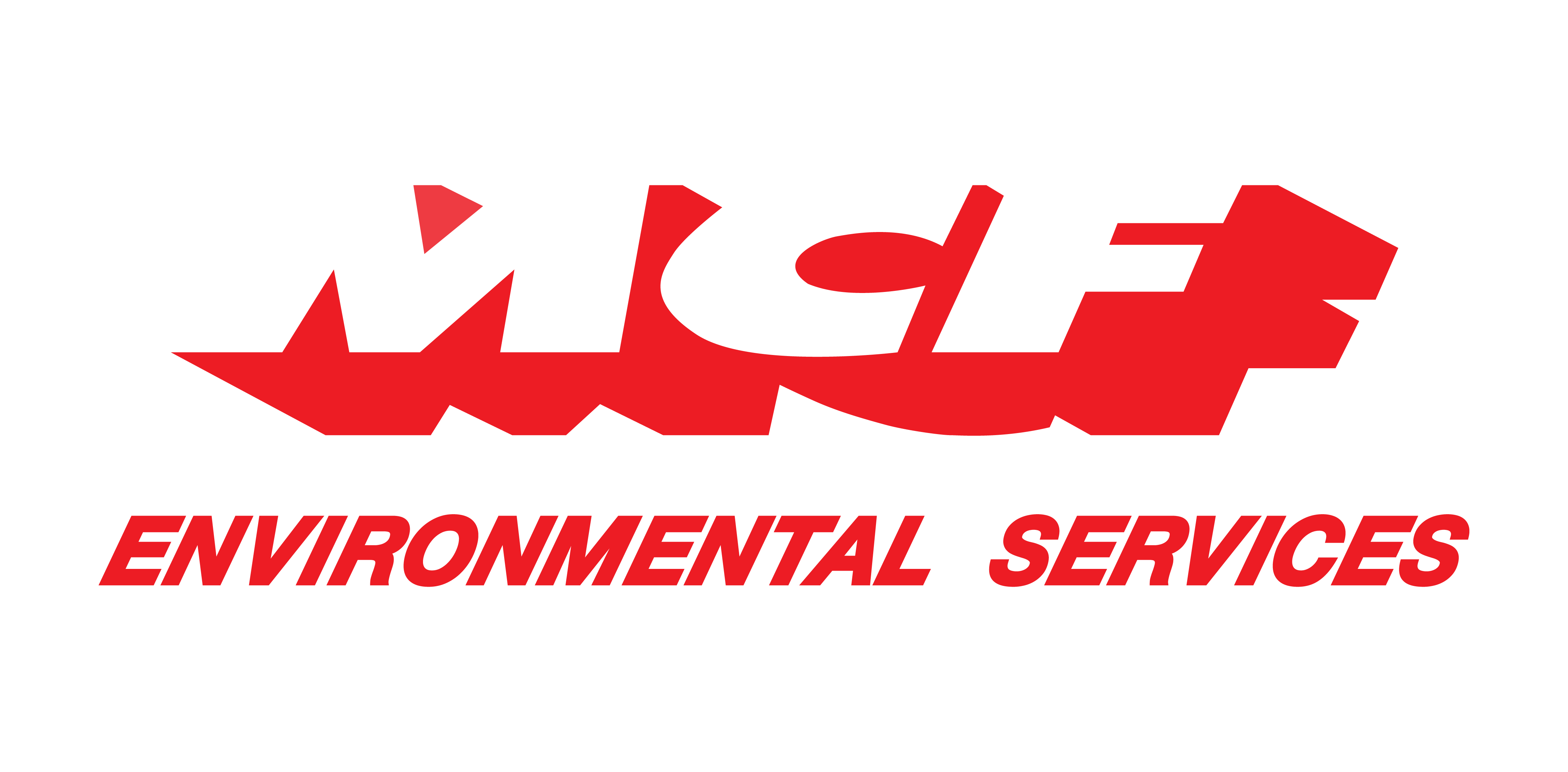
/ IN THIS BLOG
Cradle-to-grave responsibility is often discussed in terms of waste disposal, but can sometimes be misinterpreted. Businesses and organizations looking to limit their liability and guarantee compliance with their waste disposal strategy may look into “cradle-to-grave” disposal options – but what does that really mean for accomplishing their goals?
Let’s start from the source: The Resource Conservation and Recovery Act (RCRA) grants the Environmental Protection Agency (EPA) authority to regulate hazardous waste from the “cradle-to-grave.” This terminology, “cradle-to-grave,” has resulted in many misconceptions and a considerable degree of confusion among waste generators on exactly what their responsibilities and, as a result, liabilities are in regard to hazardous waste.
Read on to learn exactly what cradle-to-grave responsibility means, some common misconceptions, as well as what waste generators should know about their potential liabilities. By the end of this article, you’ll have a better grasp of what the term means and what you need to do to protect your business.
01 / The Real Definition of Cradle-to-Grave Responsibility
RCRA was passed in 1976 to address the growing issue of improper disposal of hazardous and non-hazardous waste. According to the EPA, “The Resource Conservation and Recovery Act (RCRA) gives the EPA the authority to control hazardous waste from cradle to grave. This includes the generation, transportation, treatment, storage, and disposal of hazardous waste.”
Under Subtitle C of this law, Congress created a system to manage the disposal of hazardous waste and granted the EPA power to control its disposal from “cradle-to-grave.” Under this law, businesses and organizations that generate hazardous waste are responsible for this waste from the moment they create it (cradle), through any transportation, to its proper treatment and disposal (grave).
What cradle-to-grave means is that a waste generator is responsible for hazardous waste from the moment it creates it, and this responsibility will only end if and when it ceases to be a hazardous waste. In many cases, this simply means that the generator’s responsibility for the waste will never completely end. What this means for businesses and organizations is that hazardous waste disposal is never really a “one-and-done” deal but an ongoing process that demands thoughtful care.
02 / Common Misconceptions
Avoiding missteps in the hazardous waste disposal cycle requires understanding what hazardous waste is and how it should be eliminated. Waste generators often have many misconceptions regarding hazardous waste and what cradle-to-grave responsibility really means. This includes:
What facilities generate hazardous waste
Who is subject to RCRA’s hazardous waste provisions and
When their responsibility for hazardous waste ends
03 / Who Is a Waste Generator?
Looking at the first of these misconceptions, many people have the idea that only industrial or scientific sites generate hazardous waste. However, this could not be farther from the truth. Businesses in nearly every industry generate some amount of hazardous waste. For example, ordinary items such as paint, batteries, cleaning chemicals, pharmaceuticals, E-waste, and medical/laboratory wastes are considered to be hazardous wastes in many cases. Common examples of hazardous waste generators include:
Laboratories
Hospitals
Dentists
Nursing Homes
Veterinary Clinics
Dry Cleaners
04 / Who Is Subject to RCRA?
Due to the fact that hazardous waste can come from so many sources, Section 260.10 of RCRA defines a generator broadly as “any person, by site, whose act or process produces hazardous waste identified or listed in Part 261 or whose act first causes a hazardous waste to become subject to regulation.”
The fact is that any facility that generates hazardous waste is subject to RCRA. The EPA creates several categories of generators with more or less stringent regulations depending upon the amount they generate. However, all will be responsible for the correct storage and disposal of any generated wastes.
05 / When Does a Generator’s Responsibility End?
Finally, this responsibility does not simply end at any specific point. Cradle-to-grave responsibility means that a generator’s responsibility will continue so long as the waste remains “hazardous.” In many cases, this means that the responsibility will continue indefinitely.
Many companies believe that once they transfer their waste to a transportation or waste disposal provider, their responsibility for any hazardous waste ends. However, this inaccurate way of thinking can open a business up to potential liability. No matter how distant the waste becomes, it is still the responsibility of the one who generated the waste, not any disposal provider.
In many cases, a low-quality waste disposal provider may lack the resources to properly treat and dispose of hazardous waste, but what they likely do have is records showing where it came from. When the EPA takes action to correct any environmental damages caused by a failure to properly store, transport, or treat the waste, it will look to the waste generator to pay for any corrective actions.
06 / The Liabilities Posed by Hazardous Waste
Obviously, hazardous waste poses safety risks to staff members from the moment it is created. Improper handling leads to injuries, and injuries lead to lawsuits, wasted time spent dealing with and rectifying the damages, and possible fines or legal consequences.
Ideally, your waste disposal system should minimize the amount of time and effort team members put into disposal, which consequently minimizes the potential for harm. Less time spent on disposal equals a smaller window of time for risky behavior to occur. The safety and security of the disposal containers also lower the dangers for workers.
Of course, the liabilities that most often worry businesses and organizations are legal consequences. Major fines amounting to many thousands of dollars – proportional to the mishandling that occurred – are a risk of violating local or national laws for hazardous waste disposal.
These fines may continue to add up, either by day or by violation, leading to a massive bill. Plus, if a business or organization violates both federal and state or local laws, there may be multiple sources of fines to contend with. Improper handling of hazardous waste can come with a very real, very large price tag.
07 / The Importance of Partnering with an Experienced Waste Management Provider
Ensuring compliance with local and national regulations for hazardous waste disposal is far easier when you partner with a waste disposal expert. A high-quality waste management company will be familiar with all relevant guidelines and able to advise what is necessary to bring your waste stream up to all legal standards.
Since hazardous waste disposal poses unique liabilities and risks, working with cradle-to-grave disposal experts minimizes the possibilities of mishandling and non-compliance. These experts will create a plan that provides for safe, legal handling of hazardous waste from the moment it is created to the moment it is finally disposed of, providing peace of mind for any waste generating business.
MCF Environmental Services assists organizations and businesses with the disposal of a wide variety of sensitive and regulated waste types, guaranteeing efficient and compliant elimination. Partnering with MCF Environmental Services means having the resources and knowledge necessary to maintain a strong cradle-to-grave waste disposal strategy. As you can see, choosing the right company can have significant legal ramifications for a business. That’s why MCF Environmental Services goes the extra mile to ensure your business is provided with the highest level of waste disposal.
Robert Losurdo
President, COO








